Design a sensory, embodied experience of V&A’s online collection
WEEK 3
We started the week with lots of questions among ourselves as we were re-reading the brief again. We were struggling to create an embodiment of online visitors with a physical environment. Our mind was jumping around technologies, and I started noting down how we prehend our environment through technology and also about how we participate, where the experience of art stretches beyond the limits of ocular perception. I started thinking about the existing interface designed for touching, listening, moving around, and breathing.
Our body is the centre of experience in participating with any technology, whether it be motion tracking video games, smart phones, touch screens and tablets. In the reading of Body as perception, Maurice Merleau-Ponty states that, “the body is not a transparent object” but rather “an expressive unity which we can learn to know only by actively taking it up.”
Imagery of thinking about technology which makes ourselves induce in embodied experience.
Sensors of Smart Devices in the Internet of Everything (IoE) Era
A general observation from the past 10 years is how the experiences through sensors are rising steadily, introducing touch buttons to face detections and more to it. Arguably, the available sensors are mostly underutilized by existing mobile user interfaces.
I explore sensor-based user interface examples and all types of sensors used presently for mobile devices. My purpose was to gain insights into the types of sensor technologies and make better use of mobile devices' available sensing capabilities. I was particularly interested in how sensor technologies could implement and engage mobile user interface concepts.
Mobile sensors categorised through movement, light, sound, touch & temperature.
Tutorial.
We had a tutorial with Professor Dr John Fass the next day, and we discussed how we are questioning and moving forward. He agreed to the facts we spoke about the physicality we have and suggested the same insights of keeping in about what people already have at home in technology? How can we build on what people have already? There are a lot of functionalities in mobile phones that can be prehending in our day-to-day lives.
Our design Idea
Concept building was getting more clearer with thinking of what people have built on what people have already? There is a lot more scope that does not yet deconstruct from already existing technology.
After the discussion within group, we came to deciding to use more resources and contact creative technology as soon we have a range of ideas that we could explain.
Whilst brainstorming with the group, we decided to go ahead with experimenting more from what we have. I individually explored Implementing of Holographic View on the Mobile/ Tablet screen. I used materials like an OHP sheet that is transparent, a scissor, and a scale for making it happen.
Implementing of Holographic View on the Mobile/ Tablet screen
My teammate Sanjana experimented using a projector. It was challenging to get the tech products in the pandemic time, but fortunately, she found a projector from a friend of hers. As it was not possible to be together as a group, she experimented with coordinating with us on call.
We experimented with projecting the collection of V&A on the wall, creating a 360º digital experience, and experimenting with creating an immersive interactive experience through scrolling, scaling, and rotating artworks from the museum's collection, as shown in the videos below. We used the software Artsteps to build a VR experience to define depth.
As moving forward, our aim was more about creating something that can be accessed remotely, whether in a pop-up museum or at home.
Movement + Artwork
Zoom In- out
Browsing
Interaction with multiple users
Virtual Museum Prototype made on software artsteps
Static Image Of Raphael Cartoon on V&A Website
Virtual Museum Prototype - with the visitor
Our discussion at end of the day
We all agreed with idea of building something which has attributes like navigation or (a compass) from which we can direct to different cultures. We initial thought of making one or two screens just to show where we are leading.
Feedback.
Our faculty liked how we experimented with the exciting technology, and they made it sound positive feedback. Also, everyone in the session was intrigued by using sensors of smartphones and wanted to see more in that direction. Overall we got a good discussion on how we can plan our next week and get going.















